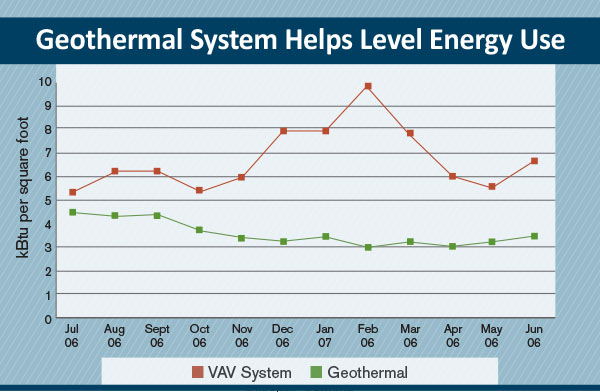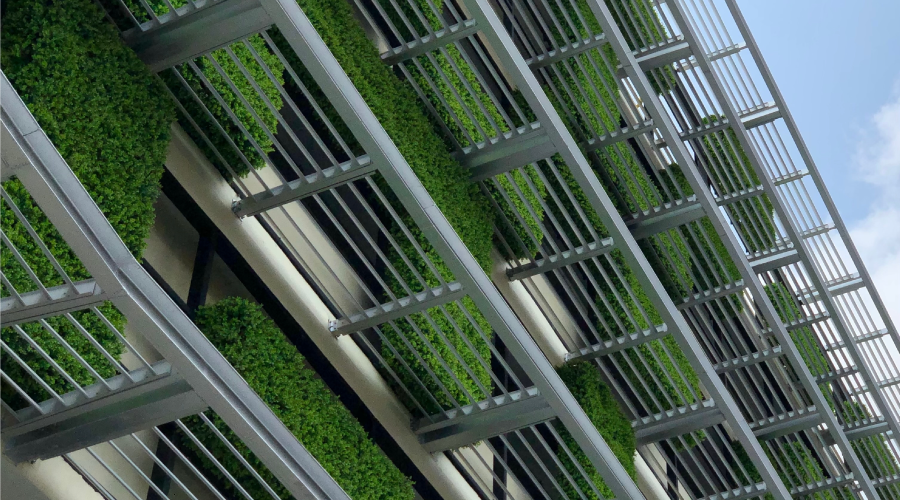Net-Zero-Energy Buildings Are Headed Mainstream
Momentum is growing for the effort to design and build net—zero— energy buildings. Among the initiatives pushing things forward: The Corps of Engineers has a goal of having 17 pilot net—zero energy installations operational by 2020. The state of California has set targets for all new residential projects to be net—zero energy by 2020 and all new commercial buildings by 2030. Most ambitious of all is the American Institute of Architects (AIA) 2030 challenge that has a goal that all new commercial buildings and major renovations be carbon neutral by 2030. Clearly, the idea of net—zero energy buildings is going mainstream. One of the steps on the way to that goal is achieving a cultural transformation — adopting new ways of thinking about buildings and the way people work in them.
In its most basic form, a net—zero energy building produces enough renewable energy to equal the amount of energy it uses each year. A net—zero energy building will still be connected to the power grid, and natural gas if available, to offset peaks and valleys in energy use. To meet the goal of net—zero energy use, it will push energy to the grid during peak generation times and pull energy from the grid during peak demand periods so that its external energy needs will zero out over 12 months.
Cultural Transformation
An important step on the road to net—zero energy is to adopt new ways of thinking about buildings and the way people work in them. Maintaining the status quo won’t work. For example, it’s critical to avoid overestimating space and usage needs. If a large firm overestimates its occupancy needs and has a workplace utilization of 37 percent, that means its desks are empty 63 percent of the time. Those empty desks equate to extraneous building space, which still consumes energy. A federal agency recently built out 500 workstations for a staff of 700, knowing its staff was in the field roughly one—third of the time — a major step in the right direction.
Another major hurdle is getting the business units within a company working with IT leaders to implement a comprehensive, total cost of ownership process for IT equipment procurement. The old model of one size fits all simply does not work with net—zero energy.
One example is a three—model deployment concept for buying computers and tablets. In this model, non—power users, who mostly use the standard Microsoft Office suite, have basic low—power tablets, while power users that work with more demanding software programs receive standard desktop computers. The firm’s road warriors use low—power laptops/tablets. Other steps that can be taken include buying LED monitors rather than standard LCD monitors and setting up a central system to manage computer idle time, put systems to sleep, and turn off monitors, hard drives, and other devices.

Metered data from two office buildings of the same size and use on the same site show the difference in energy use between VAV and geothermal systems. The flat load profile of the geothermal system will more closely match the energy output of a photovoltaic system.
Related Topics:














